The haunting calls of extinct dinosaurs have fascinated scientists and the public alike for generations. Among these prehistoric creatures, raptors—the colloquial term for dromaeosaurids like Velociraptor and Deinonychus—hold a special place in our collective imagination, partly due to their portrayal in popular media. But beyond the Hollywood depictions, paleontologists have made remarkable strides in understanding what these agile predators might have actually sounded like. Through fossil evidence, comparative anatomy, evolutionary relationships, and cutting-edge technology, researchers have begun piecing together the acoustic world of these fascinating dinosaurs that roamed the Earth millions of years ago.
The Challenge of Reconstructing Prehistoric Sounds
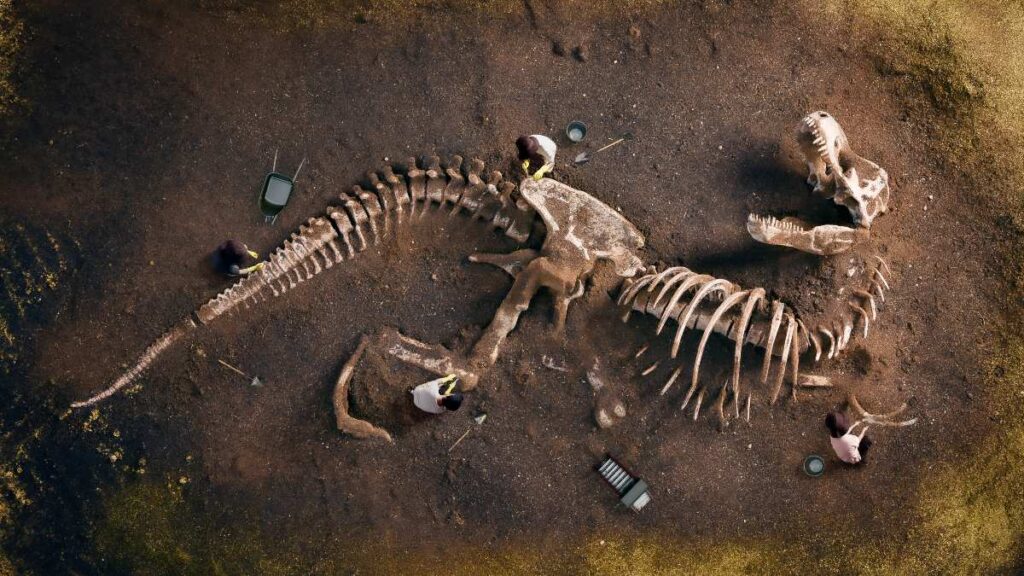
Unlike bones, sounds don’t fossilize, creating a significant challenge for paleontologists attempting to reconstruct dinosaur vocalizations. Scientists must rely on indirect evidence such as fossil remains of vocal organs, comparisons with living relatives, and computer modeling to make educated inferences. This detective work involves examining the structure of potential sound-producing organs, analyzing the resonance capabilities of skull cavities, and considering the evolutionary relationships between raptors and modern birds. The process is further complicated by the vast time gap of over 66 million years since the last non-avian dinosaurs went extinct. Despite these challenges, researchers have developed increasingly sophisticated methods to hypothesize about raptor vocalizations with growing confidence, though a degree of uncertainty inevitably remains in these reconstructions.
Evolutionary Relationships: Birds as Living Dinosaurs

The close evolutionary relationship between raptors and modern birds provides one of the strongest clues to raptor vocalizations. Birds are literally living dinosaurs—the only surviving members of the theropod dinosaur lineage that includes velociraptors and their kin. This relationship wasn’t always recognized; it took decades of fossil discoveries and comparative anatomy studies to establish the direct evolutionary link between birds and dinosaurs. The discovery of feathered dinosaurs in China’s Liaoning Province in the 1990s definitively confirmed this connection. Given this relationship, scientists can reasonably infer that the sound-producing mechanisms of raptors likely had similarities to those found in modern birds, though with important differences reflecting their more primitive position in the evolutionary tree. This bird-dinosaur connection provides a crucial framework for understanding how raptors might have vocalized.
The Anatomy of Sound Production
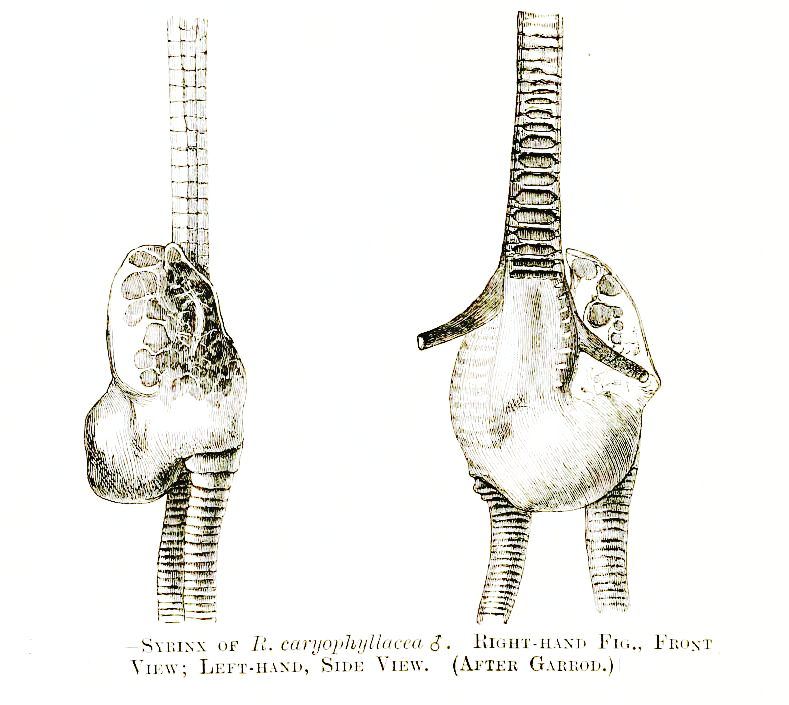
To understand what raptors might have sounded like, scientists must first understand how they produced sounds. Unlike mammals, which have a larynx, birds possess a syrinx—a specialized vocal organ located at the base of the trachea. However, the syrinx appears to be a relatively recent evolutionary development in birds that likely wasn’t present in non-avian dinosaurs like raptors. Instead, raptors probably relied on a more primitive larynx-like structure for vocalization. Fossil evidence suggests that dinosaurs possessed hyoid bones—structures that support the tongue and larynx in modern animals—though these delicate bones rarely preserve well in the fossil record. The structure of the throat, mouth, and associated air sacs would have also influenced sound production. Based on this anatomical evidence, paleontologists believe raptors had the physical capability to produce vocalizations, albeit different from both modern mammals and birds.
Evidence from Skull Structure and Resonance

The shape and structure of a raptor’s skull provide important clues about their vocalization capabilities. CT scans of well-preserved raptor skulls reveal nasal passages and sinuses that could have functioned as resonance chambers, potentially amplifying and modifying sounds. For example, studies of Velociraptor skulls indicate relatively complex nasal architecture that could support varied vocalizations. Some researchers have even suggested that the hollow crest of dinosaurs like Parasaurolophus might have functioned as a resonance chamber, though raptors lacked such elaborate cranial structures. The brain cases of raptors also show development in areas associated with hearing, suggesting they lived in an acoustically rich environment where vocalizations played an important role. These anatomical features collectively indicate that raptors likely had the ability to produce and distinguish between a range of sounds, though perhaps not as diverse as those of modern birds.
Computer Modeling and Sound Reconstruction
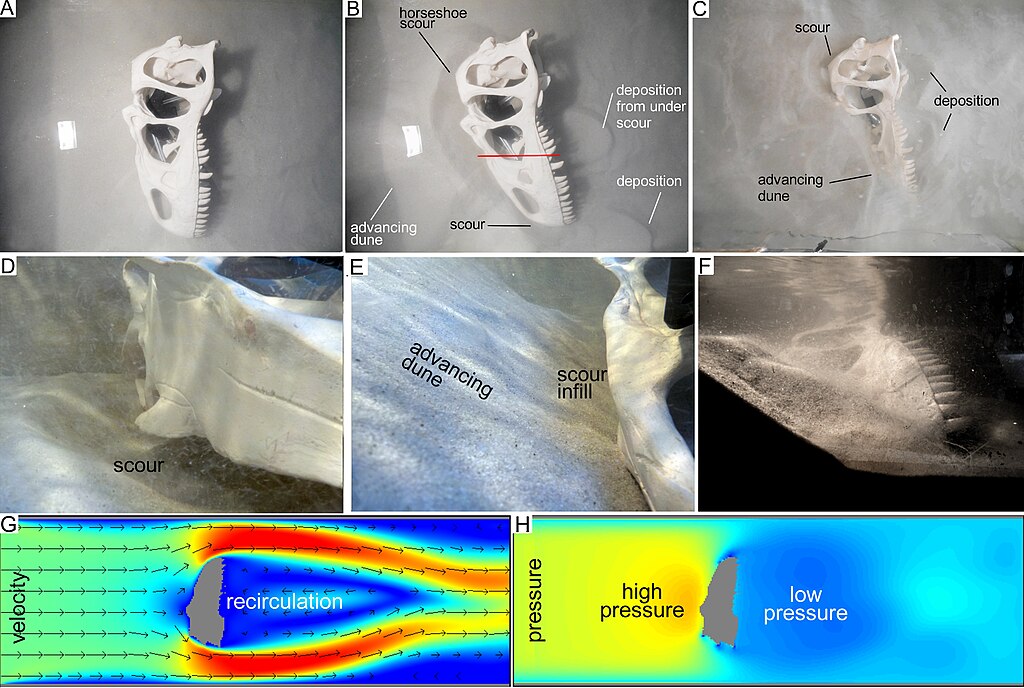
Advanced technology has revolutionized how scientists approach the question of dinosaur vocalizations. Using computer modeling techniques, researchers can now create virtual models of extinct animals’ vocal tracts based on fossil evidence. These models simulate how air would have moved through these structures, producing predictions about the sounds they could generate. One notable study by researchers at the University of Texas used CT scans of an Edmontosaurus skull to recreate its vocal tract and simulate its potential vocalizations. Similar approaches have been applied to predatory dinosaurs, including raptors. These simulations suggest that many dinosaurs, raptors included, may have produced closed-mouth vocalizations—low-frequency sounds created without opening the mouth widely, similar to crocodilian calls. While still theoretical, these computer models provide our best scientific approximation of what dinosaurs might have sounded like based on physical evidence rather than speculation.
The Crocodilian Connection
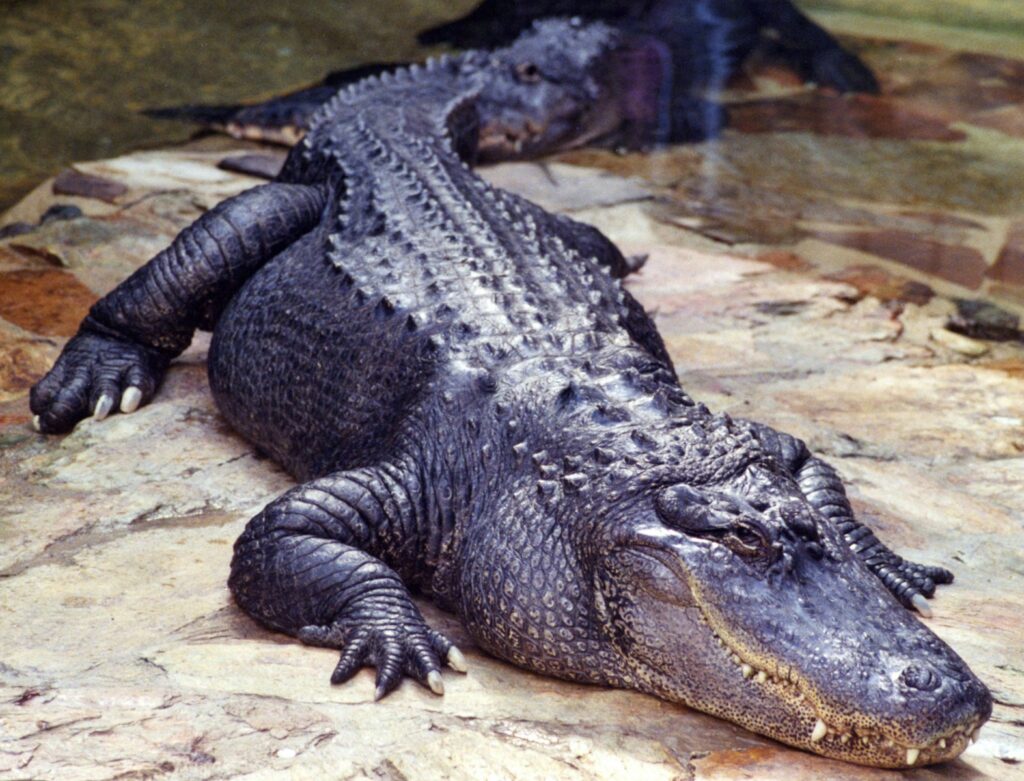
Birds aren’t the only modern animals that provide clues to raptor sounds—crocodilians offer important insights as well. Crocodiles and alligators are the closest living relatives to dinosaurs besides birds, sharing a common ancestor with dinosaurs around 240 million years ago. Modern crocodilians produce vocalizations ranging from deep bellows to higher-pitched grunts and hisses without using a syrinx. Instead, they rely on a laryngeal structure and associated resonance chambers. Given that the syrinx appears to be a specialized adaptation in birds that evolved after they diverged from other dinosaurs, raptors may have used vocalization mechanisms more similar to those of crocodilians than modern birds. This suggests that the low-frequency bellows and growls of crocodilians might be somewhat analogous to the sounds produced by raptors, though modified by the differences in their anatomy and ecological niches.
Velociraptor: Not Like in the Movies

The popular portrayal of Velociraptor vocalizations in films like “Jurassic Park” bears little resemblance to what scientists believe these animals actually sounded like. The screeches and snarls in the movies were created by blending sounds from various modern animals, including dolphins, walruses, and geese, creating dramatic effects but with little scientific basis. In reality, Velociraptor was approximately the size of a turkey, much smaller than its movie counterpart, and its vocalizations would have been proportional to its size. Based on its anatomy and evolutionary relationships, real Velociraptors likely produced sounds more akin to crocodilian calls or primitive bird sounds—perhaps deep, closed-mouth vocalizations, clucks, hisses, or growls. While perhaps less cinematically thrilling than the movie version, the actual vocalizations would have been appropriate for these relatively small but formidable predators as they communicated with pack members or threatened competitors.
The Importance of Size and Physiology
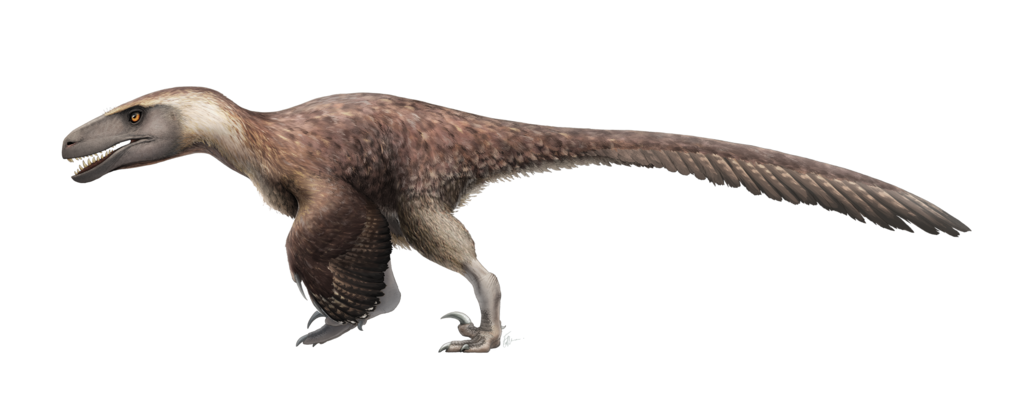
The size and physiology of different raptor species would have significantly influenced their vocalizations. Larger raptors like Utahraptor or Dakotaraptor, which could grow to over 5 meters long, would have produced deeper, lower-frequency sounds than smaller species like Microraptor, which was roughly the size of a crow. This relationship between body size and vocalization frequency is consistent across modern animals and likely applied to dinosaurs as well. Additionally, the respiratory system of dinosaurs, which included air sacs similar to those found in modern birds, would have influenced their vocalization capabilities. These extensive air sacs could have provided greater air volume and control for vocalizations compared to mammals of similar size. The combination of their unique respiratory anatomy and their position on the evolutionary tree between crocodilians and birds suggests that raptor vocalizations occupied a distinctive acoustic niche unlike any single modern animal group.
Social Communication Among Raptors

Fossil evidence suggests many raptor species were social animals that likely hunted in coordinated groups, implying the need for sophisticated communication systems. This social behavior is supported by discoveries of multiple individuals preserved together, such as Deinonychus specimens found near their likely prey, Tenontosaurus. For pack hunting to be effective, raptors would have needed methods to communicate intentions, coordinate attacks, and maintain group cohesion. Vocalizations would have played a crucial role in this communication, potentially including different calls for alarm, aggression, submission, and coordination. Additionally, raptors might have used a combination of vocalizations and visual displays, similar to modern birds and crocodilians. Their feathers, which we now know many raptors possessed, might have been used in visual displays accompanying vocalizations, creating a multi-modal communication system that enhanced their social coordination and hunting success.
The Range of Raptor Sounds
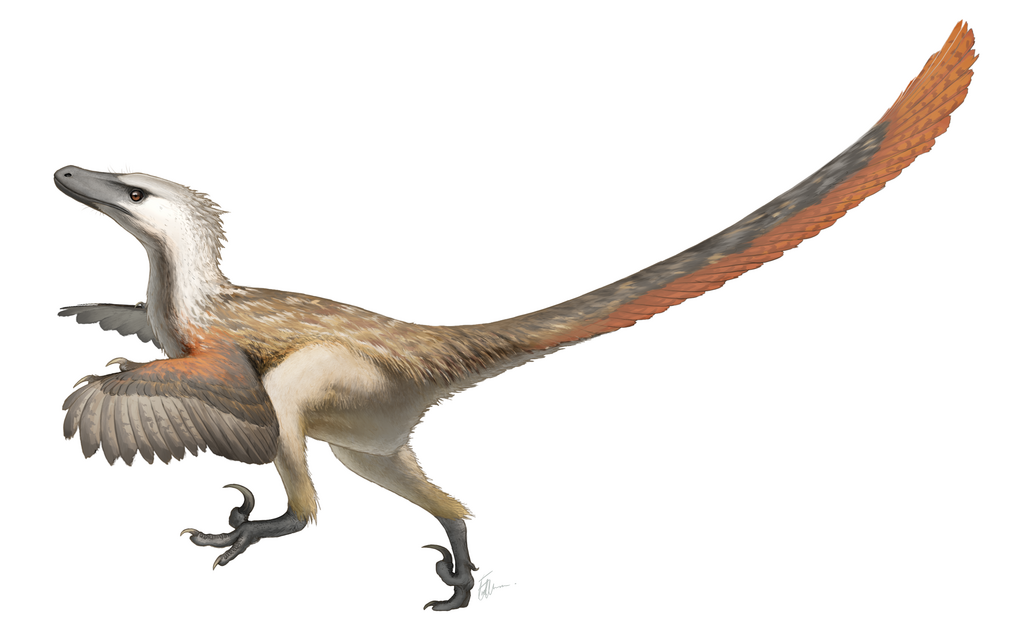
Based on comparative anatomy and evolutionary relationships, scientists believe raptors likely produced a range of different sounds for various purposes. These may have included lower-frequency, closed-mouth vocalizations used for territorial displays or threats, similar to crocodilian bellows but adapted to their unique anatomy. They might have also made higher-pitched calls for alarm or coordination with pack members. Some researchers speculate that certain raptor species could have produced clicking or clacking sounds using their mouths, potentially complementing their vocal repertoire. Juvenile raptors likely had higher-pitched calls than adults, following patterns seen in modern birds and reptiles. The ecological niches and social structures of different raptor species would have influenced their vocal repertoires—solitary hunters might have had simpler vocal ranges, while highly social species probably developed more complex communication systems. This diversity of sounds would have contributed to the rich acoustic landscape of the Mesozoic world.
Comparing Different Raptor Species’ Vocalizations

Different raptor species likely produced distinct vocalizations reflecting their size, ecological niche, and social structure. The turkey-sized Velociraptor of Mongolia probably made relatively higher-pitched sounds compared to the much larger Utahraptor from North America. The extraordinarily small, crow-sized Microraptor, with its four wings and arboreal lifestyle, might have had vocalizations more reminiscent of primitive birds. Deinonychus, with its pack-hunting behavior, likely possessed a more complex vocal repertoire to coordinate with pack members during hunts. The recently discovered Dakotaraptor, one of the largest dromaeosaurids at up to 5 meters long, would have produced deeper, more resonant sounds thanks to its larger body size and vocal apparatus. These variations across species would have been further modified by factors such as geographic isolation, habitat differences, and specific evolutionary adaptations. The diversity of raptor vocalizations across species would have created a complex acoustic ecology where different predators could be identified by their distinctive calls.
Future Research and Emerging Technologies
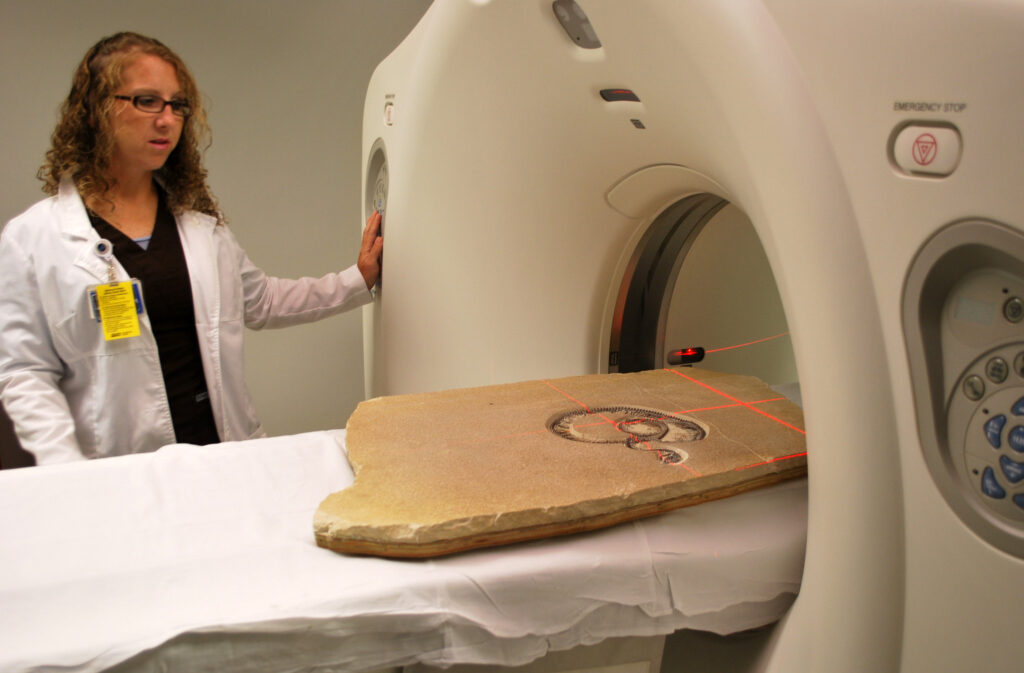
The field of dinosaur vocalization research continues to advance with emerging technologies offering new insights. Enhanced CT scanning techniques allow for increasingly detailed examination of skull morphology and potential sound-producing structures in fossils. 3D printing technology enables researchers to create physical models of reconstructed vocal tracts to test acoustic properties. Advanced computer simulations incorporating fluid dynamics can model airflow through reconstructed vocal apparatuses with growing sophistication. Some researchers are exploring how machine learning might help analyze patterns across modern animals to better predict dinosaur vocalizations based on anatomical correlates. New fossil discoveries, particularly those preserving delicate throat structures, could dramatically improve our understanding of dinosaur sound production. The study of developmental pathways and genetic controls of vocalization in modern birds and crocodilians may also provide insights into their dinosaurian ancestors. As these technologies and approaches continue to develop, our understanding of raptor vocalizations will likely become increasingly refined.
Conclusion: The Voice of the Mesozoic Predator

While we may never hear the actual calls of raptors echoing through Mesozoic forests, scientific evidence allows us to make increasingly educated reconstructions of their vocalizations. Far from the dramatic screeches portrayed in popular media, real raptors likely produced a range of sounds influenced by their position between crocodilians and birds on the evolutionary tree. Their calls probably included deeper, closed-mouth vocalizations similar to crocodilian bellows, potentially mixed with more bird-like elements, all adapted to their unique anatomy and ecological needs. These vocalizations would have varied across species and played vital roles in territorial displays, mating rituals, and social coordination during hunting. As paleontological techniques continue to advance, our understanding of these ancient sounds will continue to evolve, offering ever more accurate glimpses into the acoustic world of these fascinating predators. The voice of the raptor remains one of paleontology’s most intriguing mysteries—one that continues to be illuminated through the combined efforts of multiple scientific disciplines.



